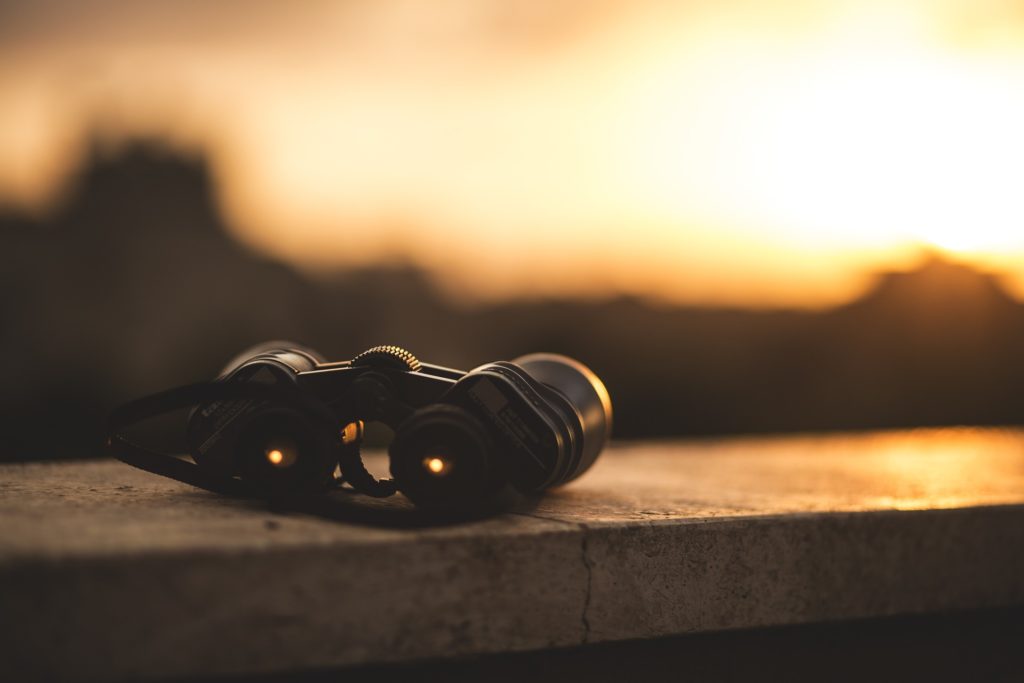Falls remain one of the major causes of fatal injury and hospital admissions among older adults. One large home care company is tackling the issue by developing — and selling — its own fall-detection technology.
The company is Irving, California-based Cerna Home Care, a provider of non-medical home care and nursing services with more than 2,000 employees. Founded in 2008, Cerna Home Care currently operates in California, Arizona, Texas, Utah, Nevada, Oregon, Washington, Idaho and New Mexico.
Earlier this month, Cerna Home Care launched Onhand Assistance, a smartwatch for older adults living at home. Developed in-house, the smartwatch offers multi-setting fall detection features and notification capabilities, in addition to a heart rate monitor, medication reminders, two-way calling and a help button.
Falls continue to be an ongoing hazard for older adults. In fact, falling is the fifth-leading cause of death among seniors, as roughly 20,000 individuals die each year because of fall-related related injuries. That number is expected to jump to more than 40,000 in 2020, according to the U.S. Department of Housing and Urban Development (HUD).
Overall, fall-related injury costs are projected to grow to $59.7 billion by 2020.
Besides helping to prevent falls, Onhand Assistance also addresses older adults navigating memory issues. The smartwatch has a geo-fencing feature that sets predefined boundaries and sends out alerts if a user goes outside of them.
“If someone has memory issues and they start wandering, we are going to get an alert, and we can call authorities and direct them right to where they are at [with] pinpoint location,” Nick Payzant, founder and CEO of Cerna Home Care, told Home Health Care News.
Additionally, the smartwatches are automatically programmed to include a quick-dial function, which connects users to Cerna’s caregivers and any other individuals identified by users.
Apart from potentially keeping clients out of the hospital, the smartwatch also adds a new revenue stream to Cerna’s mix. Onhand Assistance costs $29.95 per month, with an additional $99 per month if users choose to add a caregiver to the service.
About 170 clients are using the smartwatch, which a figure Cerna hopes to see climb to 10,000 by the end of 2020. If the company hits that mark, it would translate into tough $5 million in added revenue, Payzant said.
Access to Onhand Assistance is not just limited to Cerna clients.
A changing landscape
Onhand Assistance is the result of Cerna seeking solutions to the changing landscape of the home care industry, including the rising cost of home care that is partly due to the caregiver shortage, according to Payzant, who began developing the product three years ago.
The company uses an international contract manufacturer to make the Onhand Assistance product.
“As the cost of care has gone up, we’ve really looked for a way to mitigate that — and this is one of the ways,” Payzant said. “Technology has gotten so much better, and we saw that you could have a wearable and manage a client from afar. We could see their vitals, we could see if they’ve fallen and if they have memory and wandering issues.”
“We could communicate directly and send medication reminders,” he added. “That services a big chunk of why people need care, and we could sprinkle in the direct care, so if they do need more hands-on help, we can do that and there are minimal costs.”
Cerna isn’t alone in trying to address falls among older adults, as a handful of tech giants have similarly made the area a priority.
For example, last year, Apple (Nasdaq: AAPL) added a fall detection feature to its Apple Watch Series 4.
Technology companies are free to create and sell services aimed at senior care, but the heavy lifting will likely be done by the experts, according to Payzant. Providers have the home court advantage when it comes to understanding the service needs of older adults, he said.
“Apple has a great product,” Payzant said. “The problem with it is, you have to have an iPhone to pair with it. Our seniors found that too challenging. What ends up happening is that the ones that already have a phone have to get rid of it and get acclimated with a new product. Plus, the phone and watch have to be synced, which requires some existing knowledge of operating a smartphone.”
In some ways, Onhand Assistance improves on the model of traditional medical-alert devices while embracing technology. The platform also demonstrates a keen understanding of the market Cerna operates within.
“We are seeing seniors like this type of solution because they don’t want to be the old person with the [medical alert] pendant around their neck,” Payzant said. They get a smartwatch that’s discreet, and they are talking to care personnel or family and determining whether there needs to be an ambulance. A call center would just dispatch an ambulance.”
Early results
So far, Cerna’s technology has led to an intervention in 70% of the incidents it detects. That mostly takes the form of assistance when falls occur, according to Payzant.
In general, timely interventions are important because they reduce the use of ambulances, emergency department trips, calls to the doctor and adult children taking time off work to attend to any given issue.
A small amount of data compiled by Cerna also shows that Onhand Assistance is preventing roughly 20% of falls by utilizing the information from the smartwatch, including heart rate. Once a fall is detected, Cerna can put measures in place to avoid a future fall.
“If we get an alert and are trying to reach the client [but can’t], the secondary backup data we look for is the heart rate because, if they’ve had a fall or an accident, there’s probably going to be a [spike],” he said.




